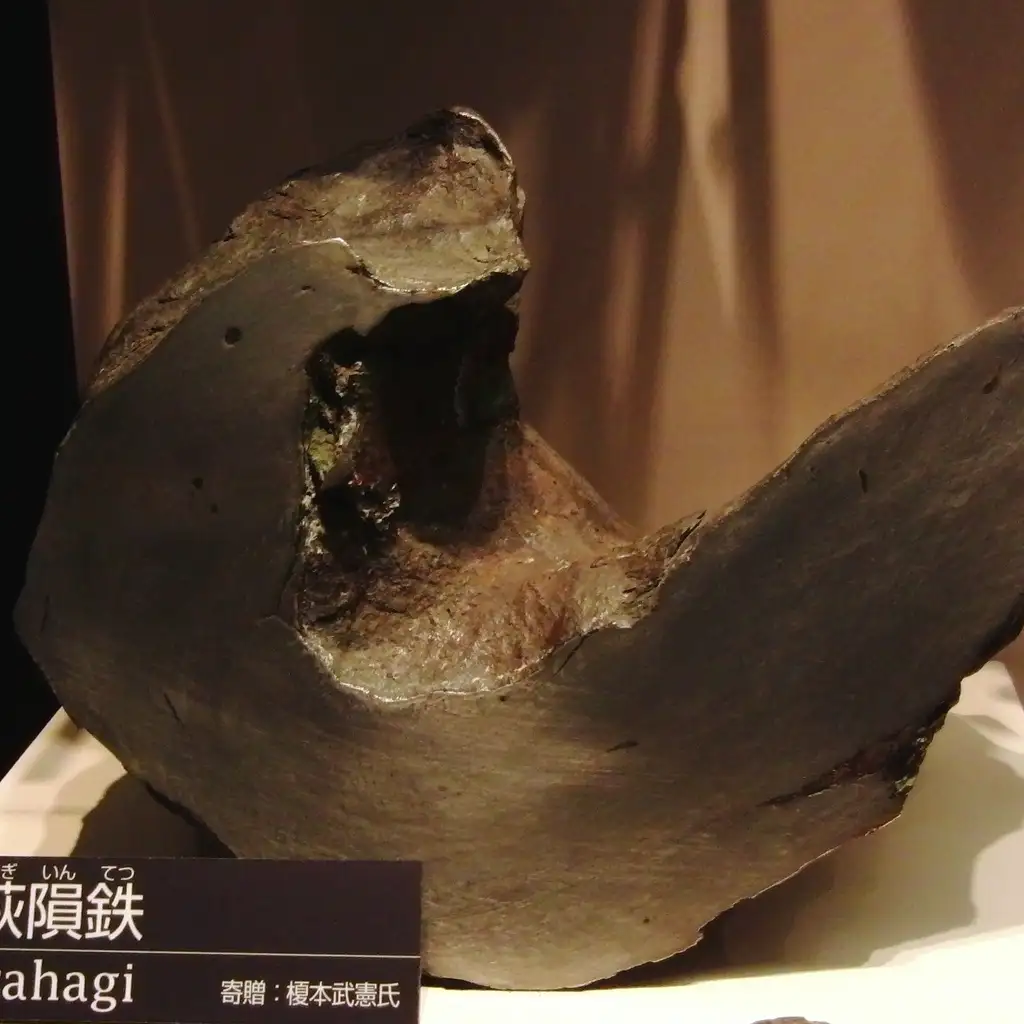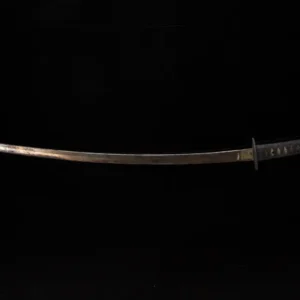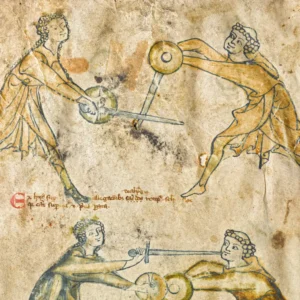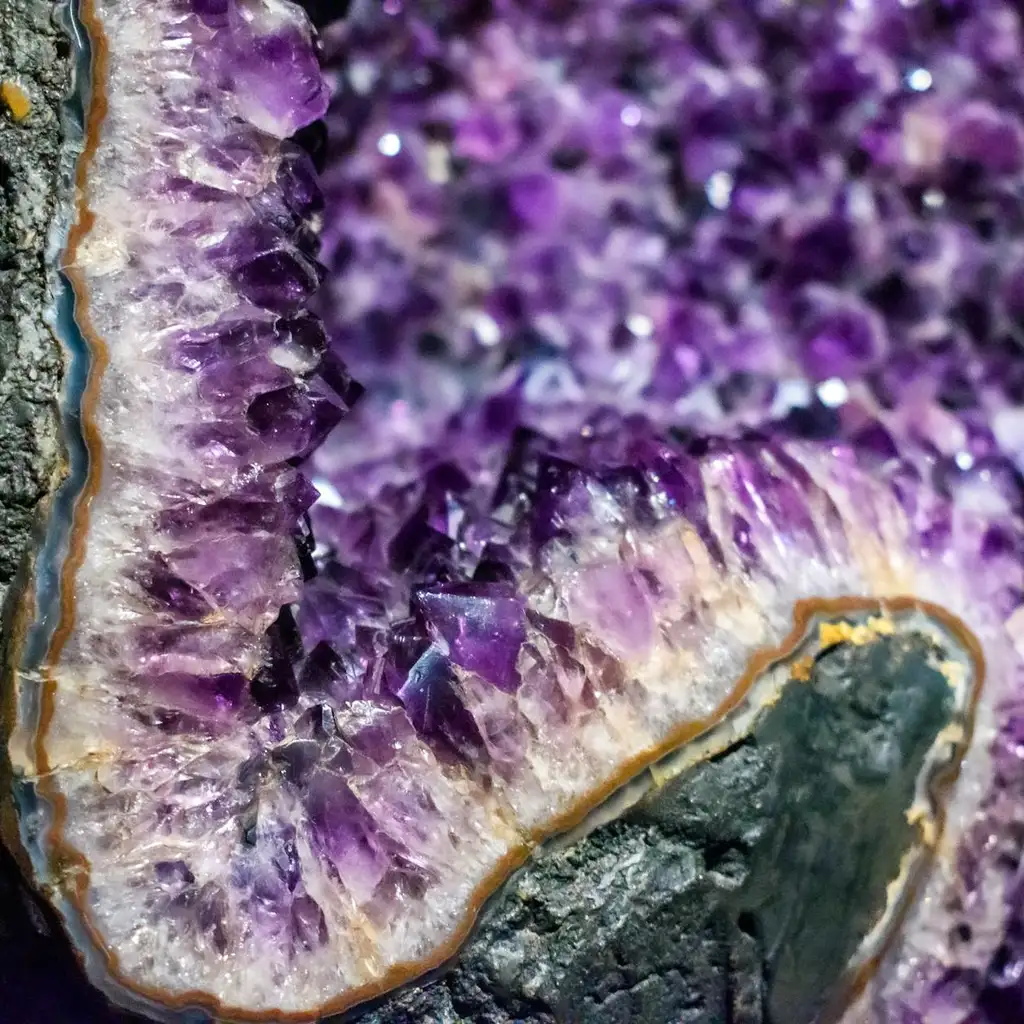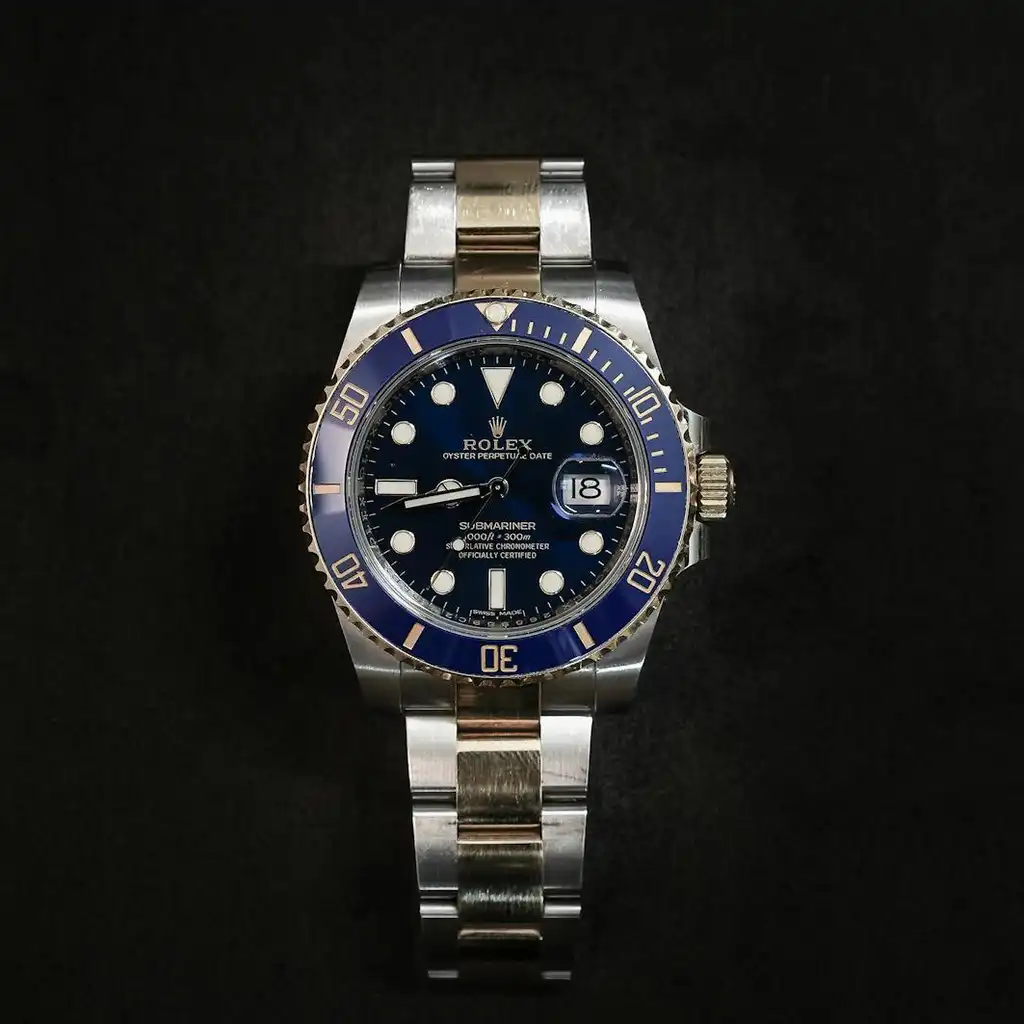In the late 19th century, a farmer in what is now Toyama Prefecture unearthed an unusual stone while digging for potatoes. Initially used as a tsukemono ishi, a large stone for pickling vegetables, this intriguing mineral was later identified as the Shirahagi Meteorite by geologists from the Ministry of Agriculture and Commerce in 1895.
Enomoto Takeaki, a notable samurai and political figure, acquired the meteorite and tasked swordsmith Okayoshi Kunimune with forging five blades from it. These swords, known as the Ryuseito or “comet swords,” comprised two long swords and three tanto, which are shorter blades similar to daggers.
One of the tanto is currently displayed at the Toyama Science Museum in Toyama City, where visitors can appreciate its celestial craftsmanship. Of the two katana, the more refined one was gifted to the crown prince, who later became Emperor Taisho, while the second katana is held by Tokyo University of Agriculture. The remaining tanto are distributed among Ryugu Shrine in Otaru, an undisclosed location, and the Toyama Science Museum.
Unique Composition and Craftsmanship
The Ryuseito’s uniqueness is not only due to its meteoric origin but also its composition. Meteoric iron contains approximately 10 percent nickel and less carbon than terrestrial iron, making it difficult to work with. The swords are an alloy of 70 percent meteoric iron and 30 percent tamahagane, the traditional iron sand-rich metal used for katana.
Despite Enomoto’s assertion that the Ryuseito “cut well,” Mr. Hayashi, the museum’s astronomy curator, expresses doubt due to the lower carbon content, which affects the blade’s hardness. Nevertheless, the meteoric iron imparts uniquely beautiful hamon, or tempering marks, along the blade’s surface, showcasing stark black waves.
Historical and Cultural Significance
Contrary to rumors, the Ryuseito bear the smith’s signature, with “Kunimune” inscribed on the sword and a gold inlay reading “seitetsu,” meaning “star iron.” While not necessarily practical for combat, the Ryuseito’s aesthetic and historical value make it a remarkable artifact.
The Toyama Science Museum offers a rare opportunity to view one of these celestial blades, a testament to the fusion of cosmic and terrestrial craftsmanship. As for the fifth Ryuseito, its whereabouts remain a mystery, but hope persists that it will eventually be discovered.
If you find yourself in the area, a visit to the Toyama Science Museum to see the Ryuseito is highly recommended. The museum is open from 9 a.m. to 5 p.m., with an admission fee of 520 yen.
